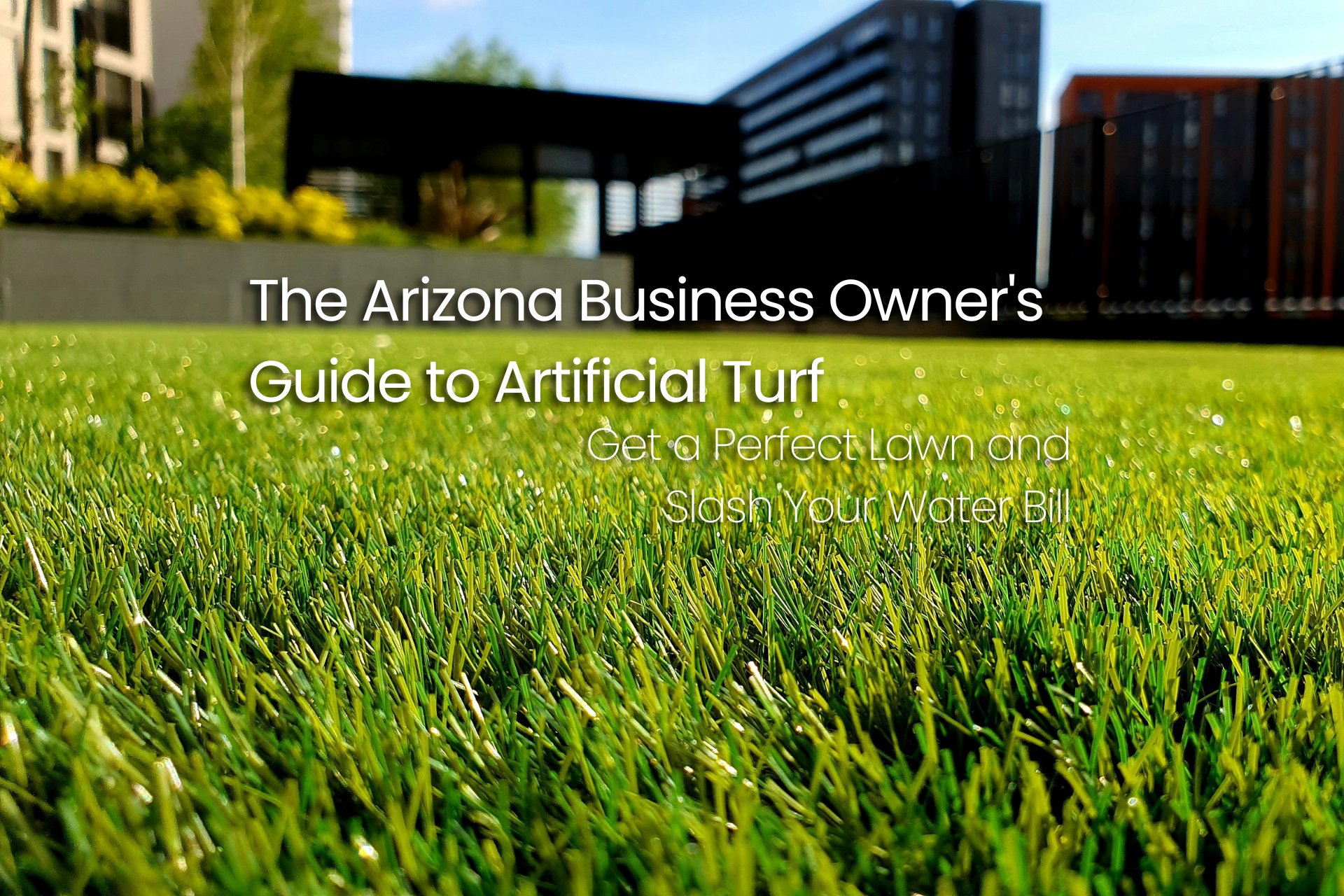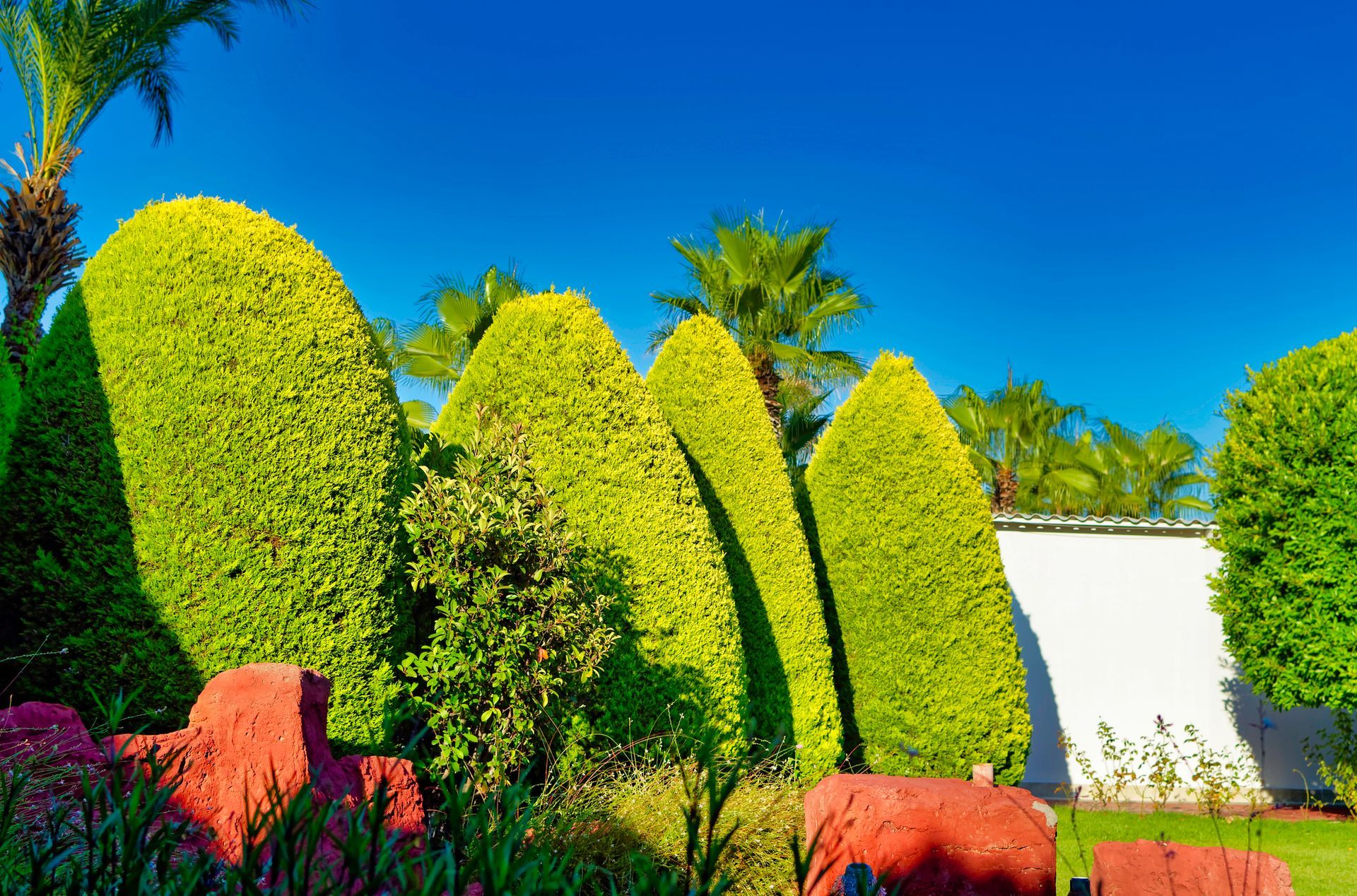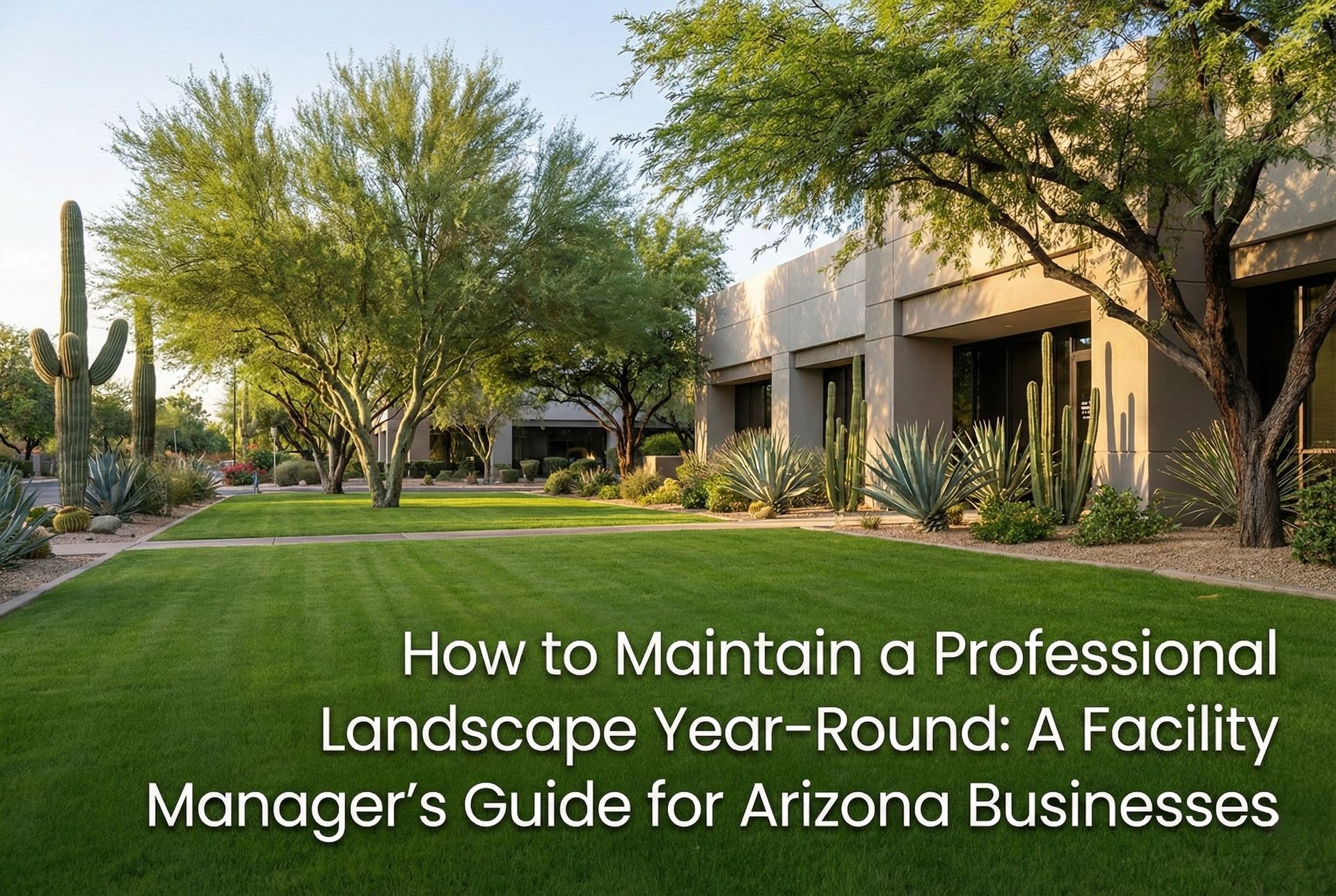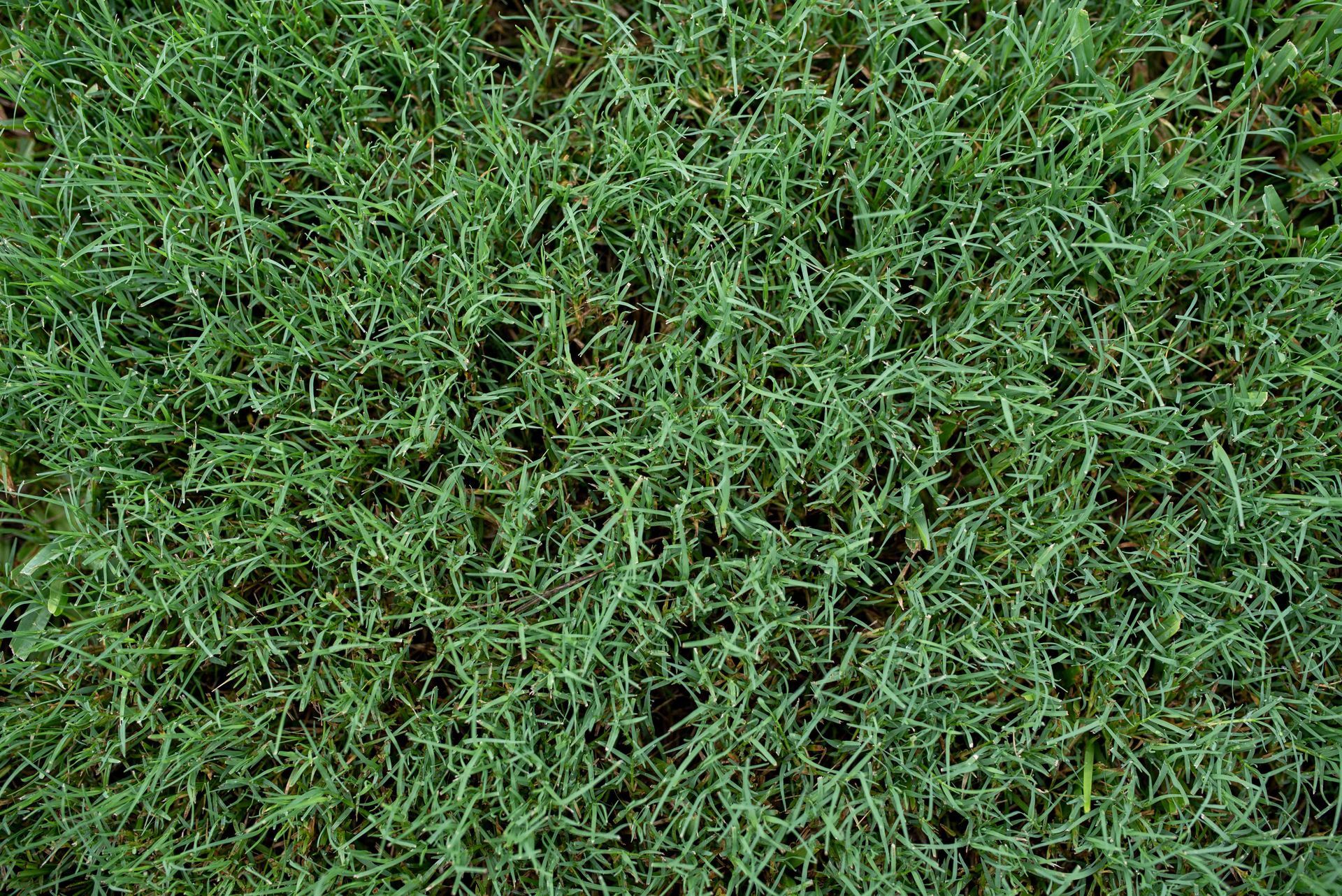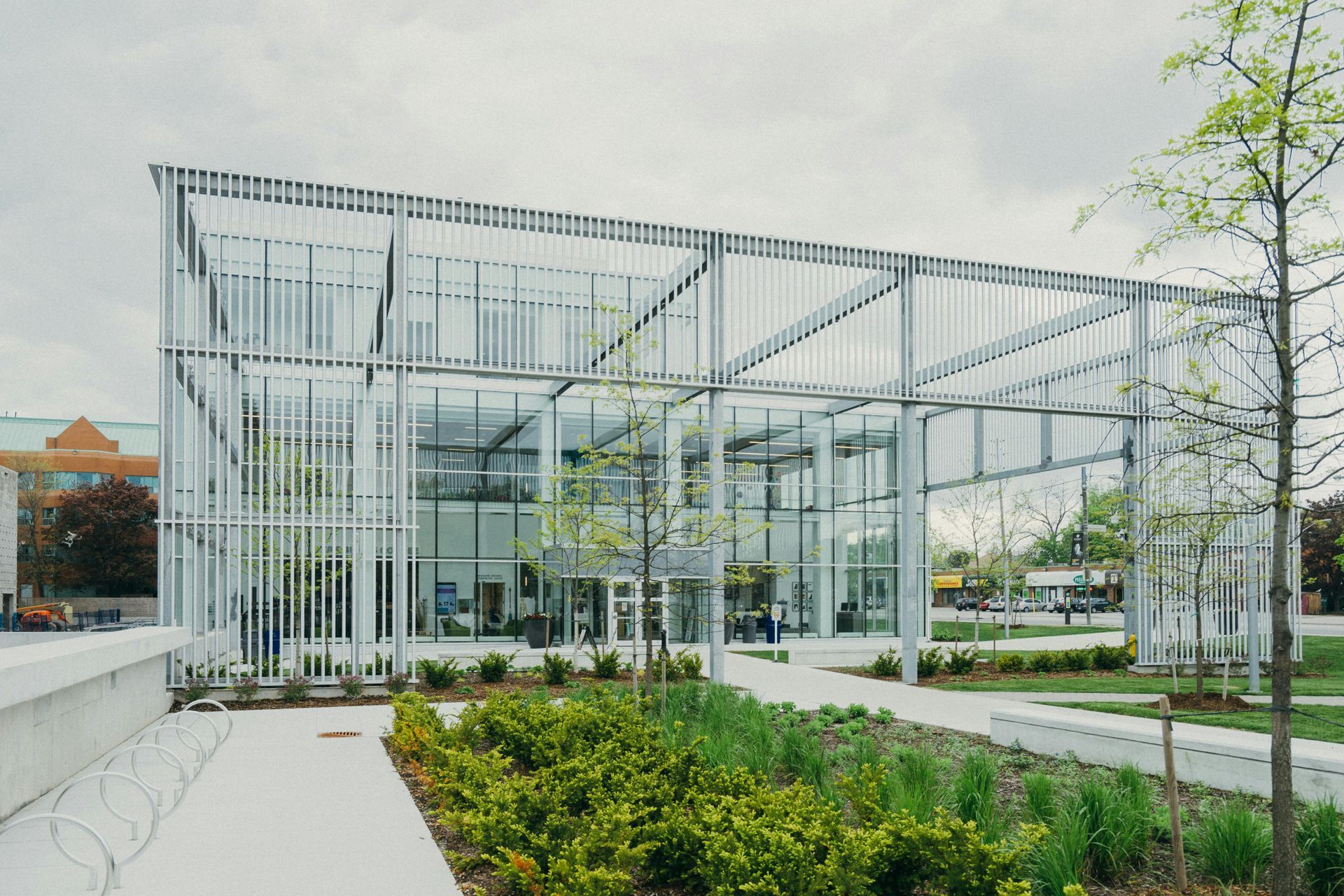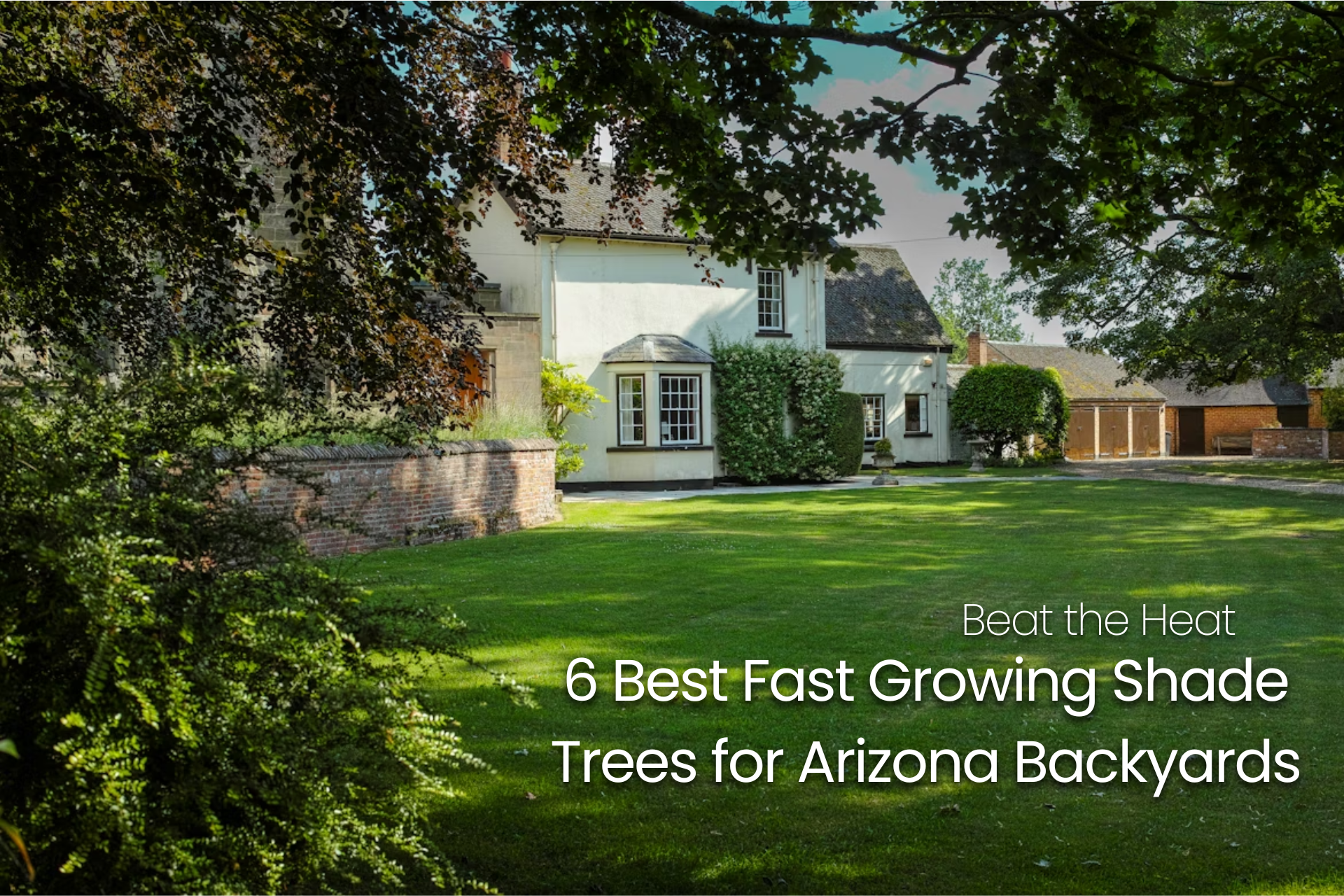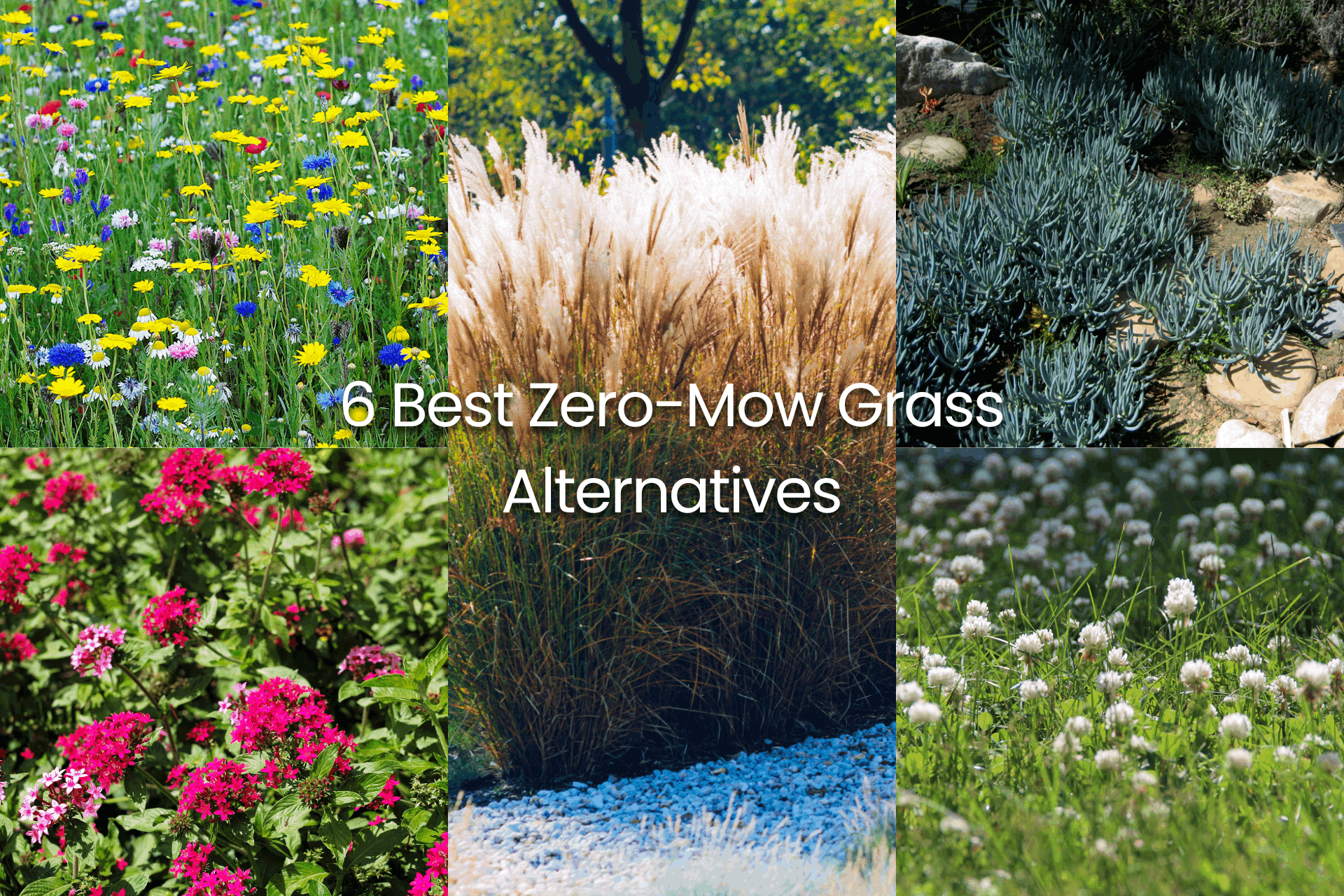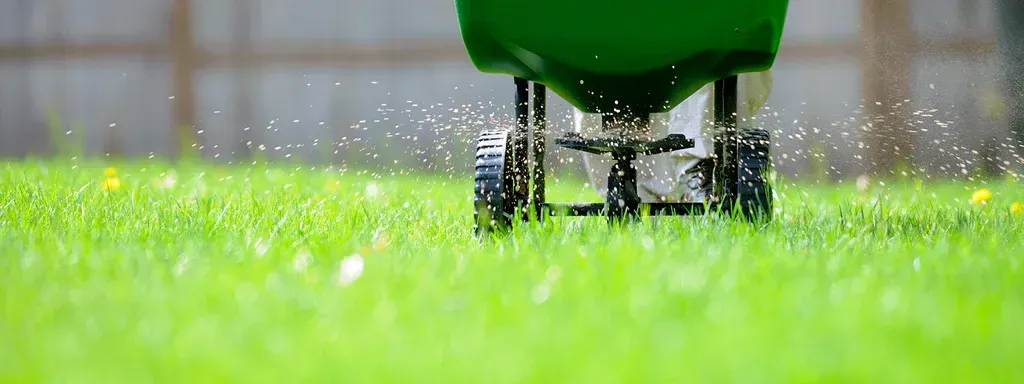
Arizona’s stunning landscapes may be defined by arid deserts, but that doesn’t mean lush and vibrant gardens are impossible. While drought-tolerant plants can withstand heat, the real key to a thriving garden lies in soil preparation. The harsh desert soil can be compact, nutrient-poor, and difficult for plant roots to penetrate. However, with the right amendments and preparation, you can transform dry, lifeless dirt into a healthy, well-draining foundation that helps plants
flourish.

If you're struggling with compacted, nutrient-deficient soil that prevents your plants from growing properly, don’t worry—proper soil preparation can make all the difference. Learn how to improve your soil’s structure and create the ideal growing conditions.
Why Does Desert Soil Need Special Preparation?

Step-by-Step Guide to Preparing Desert Soil for Planting
Improving Drainage and Soil Structure
One of the biggest challenges in Arizona gardening is balancing water retention and drainage. Since many desert soils contain excessive clay, improving drainage is crucial. Breaking up compacted soil with a shovel, rake, or rototiller allows roots to spread more easily. Adding sand, gravel, or perlite increases drainage, but excessive amounts can cause water to drain too quickly. Raised beds or planting mounds help improve soil conditions by preventing water from pooling around plant roots.
Water retention is also essential, especially in sandy soils where moisture evaporates quickly. One way to improve this is by "planting the water"—a technique that involves capturing and directing rainwater into rain basins around plants. This allows the soil to absorb and hold moisture more effectively, reducing reliance on
external irrigation.
Enriching Soil with Organic Matter
Since Arizona soil lacks organic nutrients, composting is an essential step. Organic matter boosts fertility, improves aeration, and helps retain moisture. The best organic amendments for desert soil include compost, aged manure, peat moss, and coconut coir. Compost enriches the soil with nutrients while improving water retention. Aged manure provides nitrogen and organic material, supporting plant growth. Peat moss and coconut coir help sandy soil retain moisture while keeping clay soil light and aerated.
Another method to improve soil fertility is the "chop and drop" approach, where trimmed plant material is left to decompose in place, providing slow-release nutrients. Applying a 2–3 inch layer of organic mulch further insulates the soil, reduces evaporation, and suppresses weeds. Mulch also protects the delicate soil ecosystem by minimizing surface disturbance and erosion.
Balancing Soil pH and Boosting Microbial Health
Desert soil tends to be highly alkaline, with a pH above 7.5, which makes it difficult for plants to absorb nutrients. Lowering pH can significantly improve soil conditions for a broader range of plants. Adding elemental sulfur gradually lowers soil pH over time, while organic materials such as composted pine needles or coffee grounds provide a more natural approach. Regularly testing soil pH using an at-home testing kit ensures plants receive the correct nutrient balance for healthy growth.
Healthy soil isn’t just about nutrients—it’s also alive with beneficial bacteria and fungi that help plants absorb minerals and fight off disease. Desert soil often lacks these microbes, so introducing them can boost plant health naturally. Mycorrhizal fungi inoculants enhance root nutrient absorption, while organic compost tea increases beneficial bacteria populations.
Avoiding chemical fertilizers and pesticides that kill beneficial microbes further helps maintain a healthy soil ecosystem.
Optimizing Watering for Soil Health
Watering is critical in Arizona’s hot, dry climate, but
poor watering techniques can wash away nutrients or create overly dry conditions. To ensure soil remains healthy, water deeply but infrequently to encourage deep root growth. Using
drip irrigation or soaker hoses provides slow, consistent moisture, helping plants develop strong root systems.
Overwatering in clay soil can cause root rot, while too little water in sandy soil leads to dehydration. Adjusting watering techniques to match your soil type helps maintain the right balance.

If you’re struggling to water effectively in the Arizona heat, learn smart watering strategies to optimize plant health.
Building a Strong Foundation for Your Garden
Unlike rich, loamy soil found in other regions, Arizona’s desert soil presents unique challenges that make it difficult for many plants to grow. The three most common soil issues include high clay or sand content, lack of organic matter, and compaction. Clay-heavy soil retains too much water, leading to poor drainage and root rot, while sandy soil drains too quickly, preventing plants from absorbing
moisture. Additionally, desert soil is often low in essential nutrients, making it difficult for plants to establish strong roots. Compacted soil further restricts root expansion,
reducing water and nutrient absorption. Without addressing these issues, even the most resilient plants may struggle to grow. Fortunately, proper soil amendments can dramatically improve soil structure and plant health.
By taking the time to improve drainage, enrich soil with organic matter, balance pH, and introduce beneficial microbes, you can turn poor desert soil into a thriving environment for your plants. Whether you’re growing drought-resistant ornamentals, edible gardens, or a native landscape, proper soil preparation sets the foundation for long-term plant success.
If you're struggling with compacted, nutrient-deficient soil that prevents your plants from growing properly, don’t worry—proper soil preparation can make all the difference. Learn how to
improve your soil’s structure and create the ideal growing conditions.

